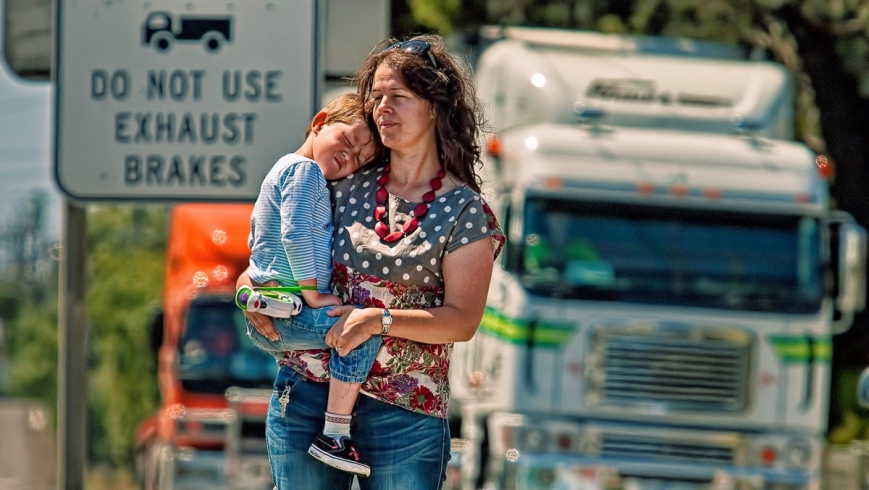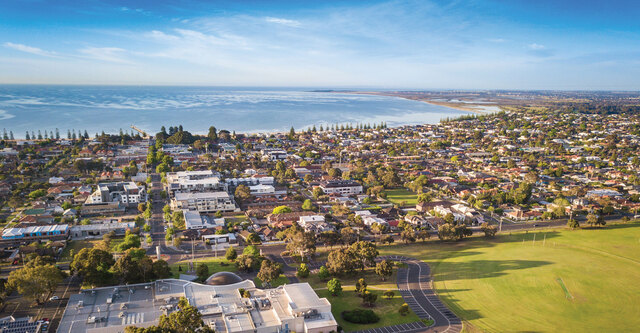THE community has been frozen out of having a say on the future of
freight traffic through their neighbourhoods, according to residents
and the Greens.
The state government last week released its Victoria – The Freight State plan, aimed at boosting Victoria’s status as Australia’s freight and logistics capital.
Premier Denis Napthine said the sector generated $19-23 billion and thousands of jobs for the state economy each year.
“Growing our competitive edge in freight is critical to Victoria’s
economy. The Coalition government understands that having access to an
efficient freight network is absolutely vital for businesses and jobs
that rely on exporting and importing their products.”
But Maribyrnong Truck Action Group president Samantha McArthur
said the government had ignored the impact of freight on the community
and sidestepped consultation in favour of speaking only with industry.
“It’s pretty clear [in the plan] the priority is the South East
Rail Link, the shovel-ready West Gate ramps don’t even get a mention.”
Ms McArthur said the Truck Action Plan of the previous Labor
government being dropped from the budget and not appearing in the
freight plan showed the state government was relying on the western end
of the proposed east-west link as the only plan for alleviating the
impact of an expected quadrupling of freight traffic by 2050.
She said the West Gate ramps would immediately halve the more than
21,000 trucks travelling on inner-west residential streets every day.
Western suburbs Greens MP Colleen Hartland is calling on the
government to hold a public forum to ensure community voices are heard.
“The [transport] minister proudly states that he has worked with
industry to develop this plan but there’s no mention of the community,”
she said.
“It’s the community that bear the brunt of the health, well-being
and safety impacts of the freight industry, trucks in particular, but
they have been completely ignored in developing this plan.”
Shadow minister for ports, freight and logistics, Natalie
Hutchins, said the plan had no real funding commitments to support the
growing freight industry or increasing population in the west.







